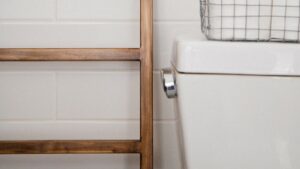How to Keep Mold From Coming Back
It doesn’t matter where you live, mold will follow you anywhere that accumulates moisture. Your bathroom, for instance, is a perfect environment for mold to grow. After you take a bath or shower, water is left on the walls and tile. You may try cleaning it up, but it keeps on coming back. So what should you do? Well, mold can cause major damage to your walls, ceilings, floors, countertops, etc., which can leave you no other choice but to remodel. Regardless of where it is, it’s neither safe or healthy. It’s important to get rid of mold as soon as you notice it. In this article, plumbing experts at Tureks Plumbing Services explain how to get rid of the mold in your home for good.
What is Mold?
When battling mold in your home, it’s important to have a basic understanding of what it really is. According to the Center for Disease Control and Prevention (CDC), it is a type of fungi that can be found indoors and outdoors. Fungi are known for being able to survive very harsh surroundings, which is why it is a common household problem. Once the species has found an optimal environment, such as water damage from leaky pipes, it will multiply and continue to grow. Many people have mold allergies and will experience asthma symptoms. To keep you and your family safe from developing respiratory illnesses, it is important to eliminate the moisture in that environment so the fungi can no longer survive.
How to Prevent Mold From Growing in Your Home
Since we know exactly what mold is and what it’s capable of doing, there are a few simple tips you can follow to keep it from spreading throughout your home. Since mold can be commonly found in bathrooms, it’s easiest if you start in there. Try the suggestions below to prevent mold in your bathroom and other areas in your home.
Use a Ventilation Fan or Buy a Fan
Where there’s moisture, there’s mold. The best way to eliminate moisture is to make the area dry again. Many bathrooms have ventilation fans that vent to the outside to help get rid of the accessive moisture. If you don’t have a ventilation fan you can always purchase a regular fan to dry the space. Run your fan for at least a half an hour after your shower.
Squeegee Please
We’ve all gone without squeegeeing our shower or bath. We get it, it’s a boring and annoying task but if you take a few minutes to do it, you will reduce the moisture in the bathroom by ¾. It’s definitely worth it!
Fix The Leaks
Leaks cause moisture to accumulate and over time mold will grow. If you want your house to be mold-free, you need to fix the leaks right away. Contact your local plumber in Appleton, WI and they will gladly fix your leaks and any other plumbing problems you may have.
Keep Your Bathroom Clean and Dry
A clean bathroom makes it harder for mold to survive. If you clean your bathroom and wash used towels and rugs weekly, your bathroom will stay nice and clean – fungi hate that. The cleaner the better! While you’re cleaning your bathroom. Remove loofahs, sponges and other products from the shower so they can dry.


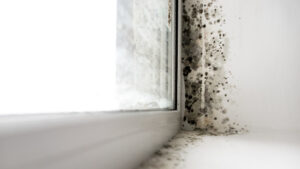
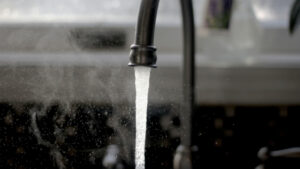
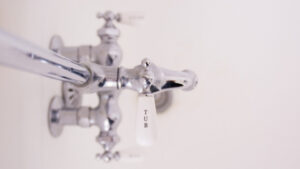
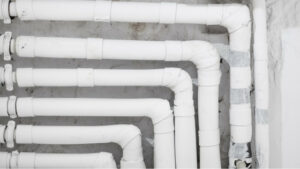
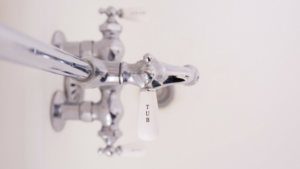 Do I Need a Whole House Filter?
Do I Need a Whole House Filter?

